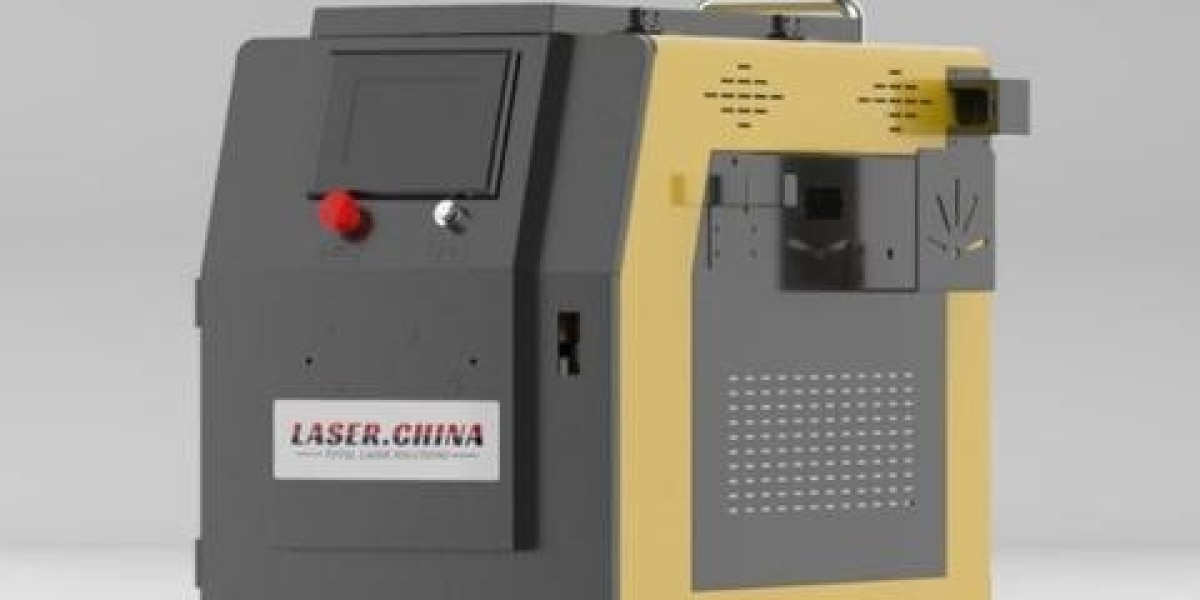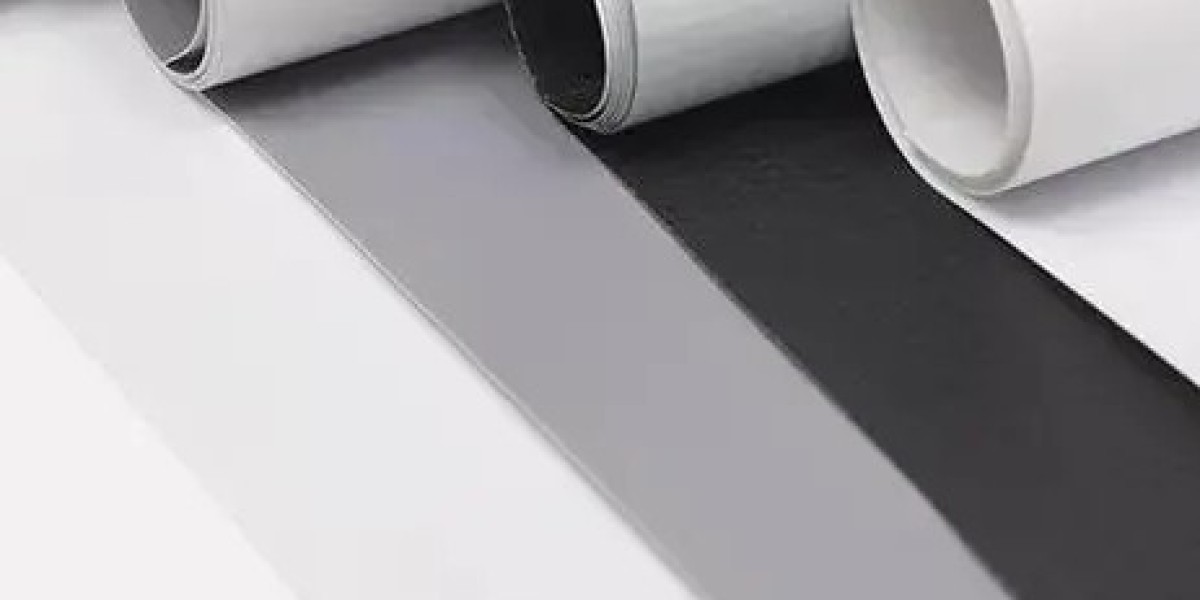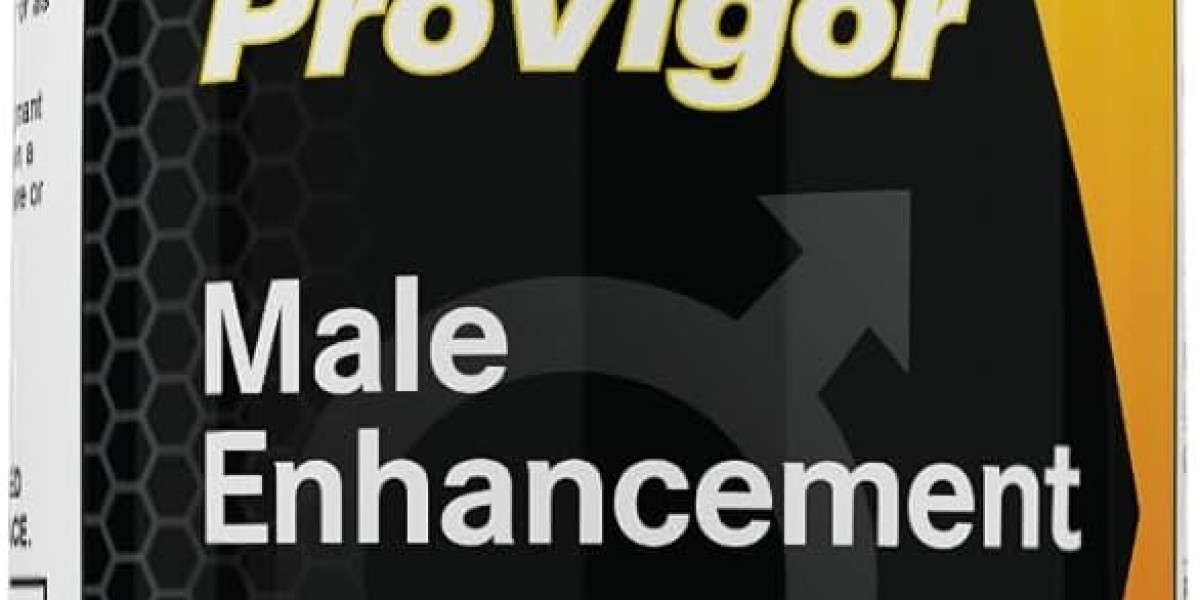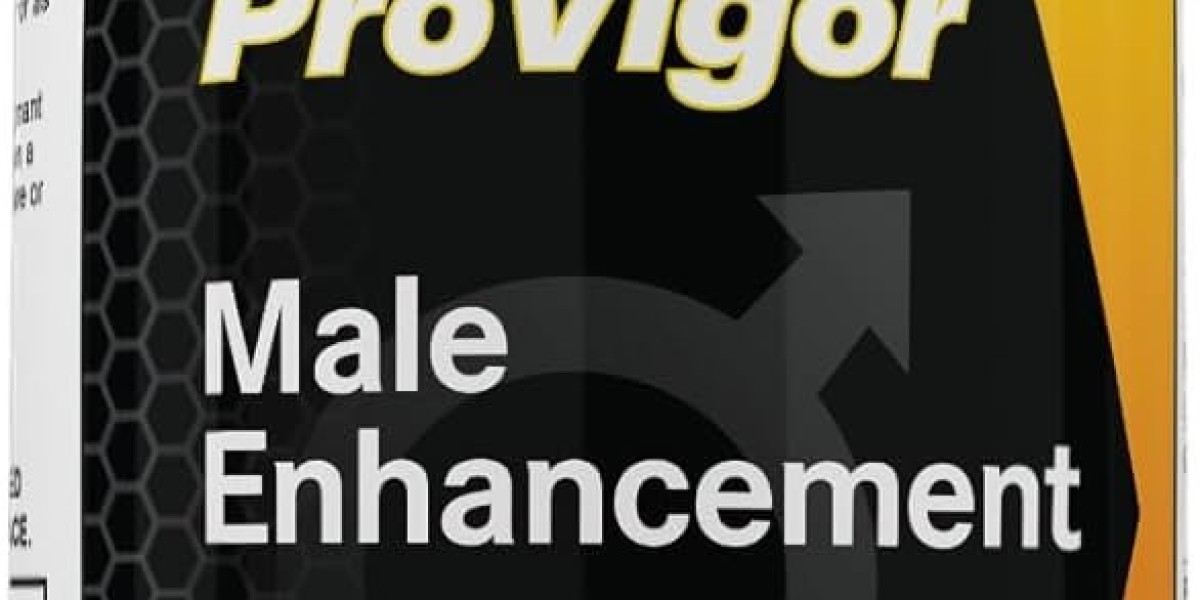Industrial Laser Cleaner: What Is It and Why It Matters
An industrial laser cleaner is a cutting-edge device that uses laser beam technology to remove rust, paint, oil, contaminants, and other unwanted materials from surfaces. Unlike abrasive or chemical cleaning methods, laser cleaning is non-contact, eco-friendly, and precise, making it a preferred solution across industries such as aerospace, automotive, energy, and manufacturing.
Laser cleaners operate on the principle of laser ablation, where a focused laser beam heats the contaminants to a temperature at which they evaporate or sublimate without damaging the underlying surface.
Key Features of Industrial Laser Cleaning Systems
| Feature | Benefit |
|---|---|
| Non-contact Cleaning | Prevents surface wear or damage |
| Eco-Friendly Technology | No chemicals or consumables required |
| Highly Selective | Targets contaminants without affecting substrate |
| Minimal Maintenance | Long-lasting with few moving parts |
| Precision Control | Adjustable parameters for delicate or robust materials |
| Automation Compatibility | Easily integrates into robotic or CNC systems |
Why Industries Are Choosing Laser Cleaners
Unmatched Efficiency
Industrial laser cleaners can process surfaces at high speeds, reducing downtime and increasing output. In some cases, cleaning rates can exceed 15 m²/hour depending on laser power and surface condition.
Cost-Effective Over Time
While the initial investment may be higher, the elimination of consumables like chemicals and abrasives, combined with reduced labor and waste management, leads to significant long-term savings.
Enhanced Worker Safety
No need for dangerous solvents or physical contact makes laser cleaning a safer alternative for operators. There’s minimal risk of injury or exposure to toxic substances.
Compliance with Environmental Regulations
Laser cleaning helps industries comply with OSHA and EPA regulations by drastically reducing airborne pollutants and hazardous waste.
Applications of Industrial Laser Cleaners
Rust and Paint Removal from metal surfaces
Surface Preparation for welding, bonding, or coating
Restoration of Historical Artifacts and stonework
Degreasing of mechanical parts
Coating Removal in aerospace and shipbuilding
How Does Laser Cleaning Compare to Traditional Methods?
| Method | Laser Cleaning | Sandblasting | Chemical Cleaning |
|---|---|---|---|
| Eco-Friendly | ✅ | ❌ | ❌ |
| Surface Damage | ❌ | ✅ | ✅ |
| Precision | ✅ | ❌ | ❌ |
| Safety | ✅ | ❌ | ❌ |
| Operating Cost | Medium | High | High |
Frequently Asked Questions (FAQs)
What types of lasers are used in industrial laser cleaners?
Most systems use fiber lasers, particularly pulsed fiber lasers, which provide high peak power and fine control needed for material ablation without heat damage.
Can laser cleaning damage the base material?
Not if configured properly. Parameters such as wavelength, pulse width, and scan rate can be adjusted to avoid affecting the base material, especially for delicate metals or historic surfaces.
How much power do you need?
Laser cleaners are available in different power levels ranging from 20W for delicate tasks to 2000W or more for industrial-grade cleaning on heavy machinery or thick coatings.
Is training required to use a laser cleaner?
Yes, while the systems are user-friendly, operators must undergo basic safety and technical training to ensure proper handling and optimal settings.
How long do industrial laser cleaners last?
Many systems have lifespans exceeding 100,000 laser hours, thanks to solid-state technology and minimal moving parts.
Expert Tips for Choosing the Right Laser Cleaner
Assess the Material: Consider whether the surface is metallic, composite, or painted.
Determine Cleaning Speed Requirements: Choose higher-wattage systems for faster throughput.
Evaluate Portability Needs: For on-site jobs, go for compact and mobile units.
Look for Automation Features: If integrating into production lines, ensure compatibility with robotic systems.
Real-World Example: Automotive Industry Use Case
An automotive plant replaced their traditional abrasive blasters with a 1000W fiber laser cleaner. The result was a 40% reduction in maintenance downtime, elimination of secondary waste disposal, and a significant improvement in cleaning consistency before welding. These improvements led to better weld quality and a measurable increase in production efficiency.
Final Thought
Industrial laser cleaner are no longer a futuristic concept—they are a practical, scalable, and sustainable solution redefining how industries approach surface preparation. With a focus on efficiency, safety, and environmental responsibility, laser cleaning is fast becoming the gold standard in modern manufacturing and maintenance.







